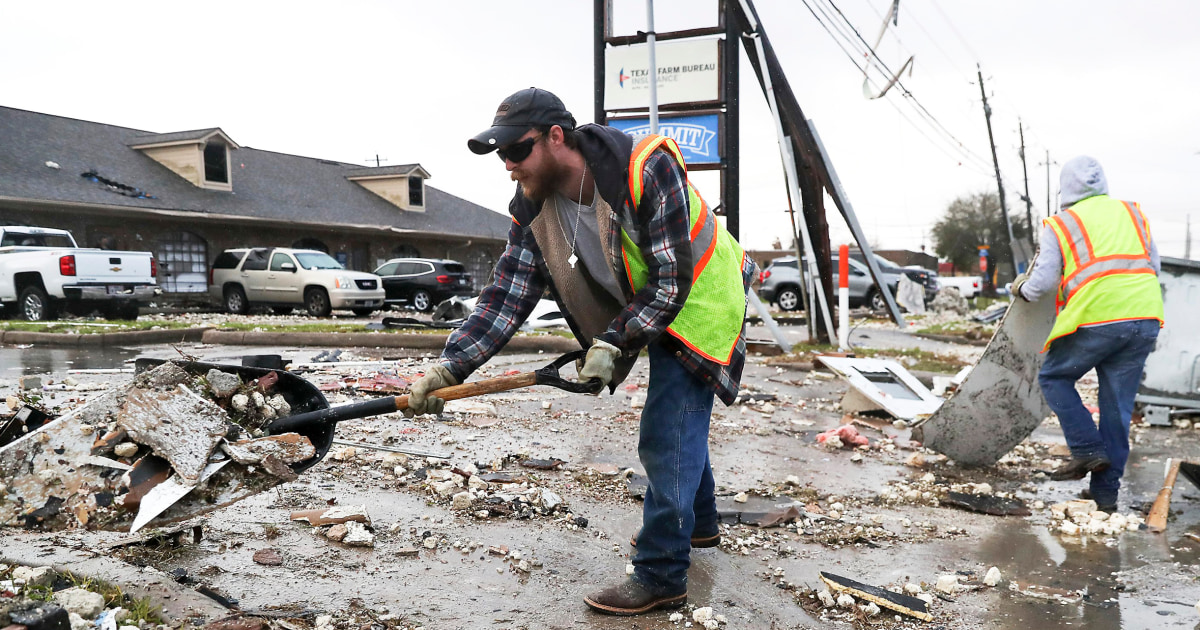Part of the difficulty arises because studies have suggested competing effects, said Christopher Weiss, a professor of atmospheric sciences at Texas Tech University.
As the world warms, atmospheric instability will increase, creating more favorable conditions for storm development. However, at the same time, strong wind shear, in which winds pick up and rapidly change direction at different atmospheric heights, is forecast to decrease as a result of climate change. Weaker wind shear could reduce the amount of rising warm air in thunderstorms and thus suppress tornado formation. Scientists are still trying to understand what these seemingly conflicting results could mean for tornadoes, but Weiss said studies have suggested that warmer weather will produce more storms.
«Even if the wind shear stays fairly constant, we’re increasing instability on top of that, so we can expect to see more in the path of tornado occurrence,» he said.
Next month, Weiss and his colleagues will embark on a three-month research project in the Southeast focused on studying storms in the region and how to improve predictions of when they form. The research, part of the National Oceanic and Atmospheric Administration’s VORTEX program, will also examine social aspects, including available shelters and how to communicate threats to at-risk communities, Weiss said.
“It’s a really holistic approach to the tornado threat in that section of the country, so we hope we can have some impact,” he said.
The project may be just in time, as the year is already off to a brisk start.
La Niña conditions will most likely continue to fuel atmospheric instability, which could mean more tornadoes in the future, Gensini said.
«It’s pretty rare to see an active January and February suddenly get boring in April and May,» he said. “When you look at the tornado statistics, if it starts in early January and February, it will usually carry on.”

